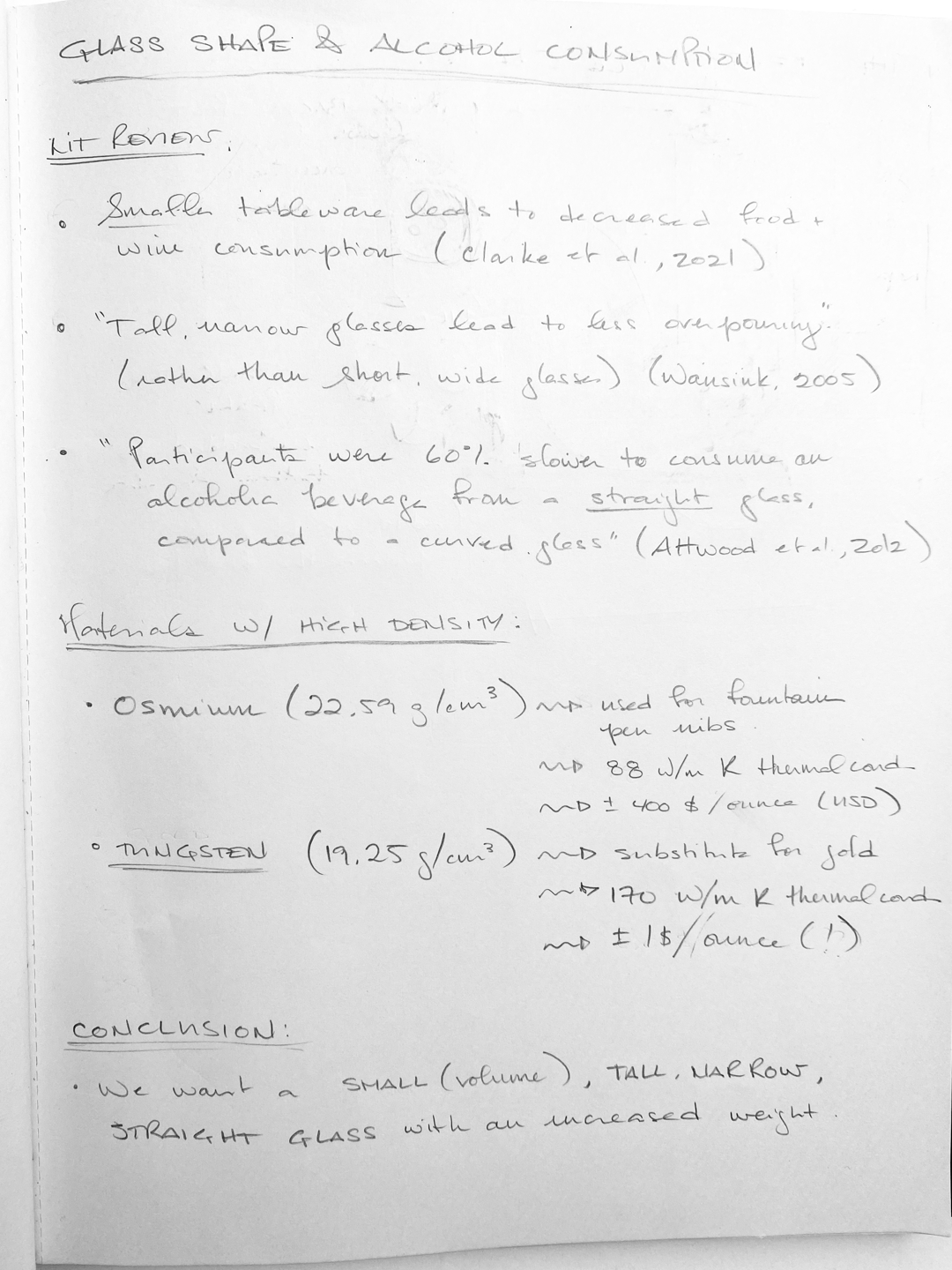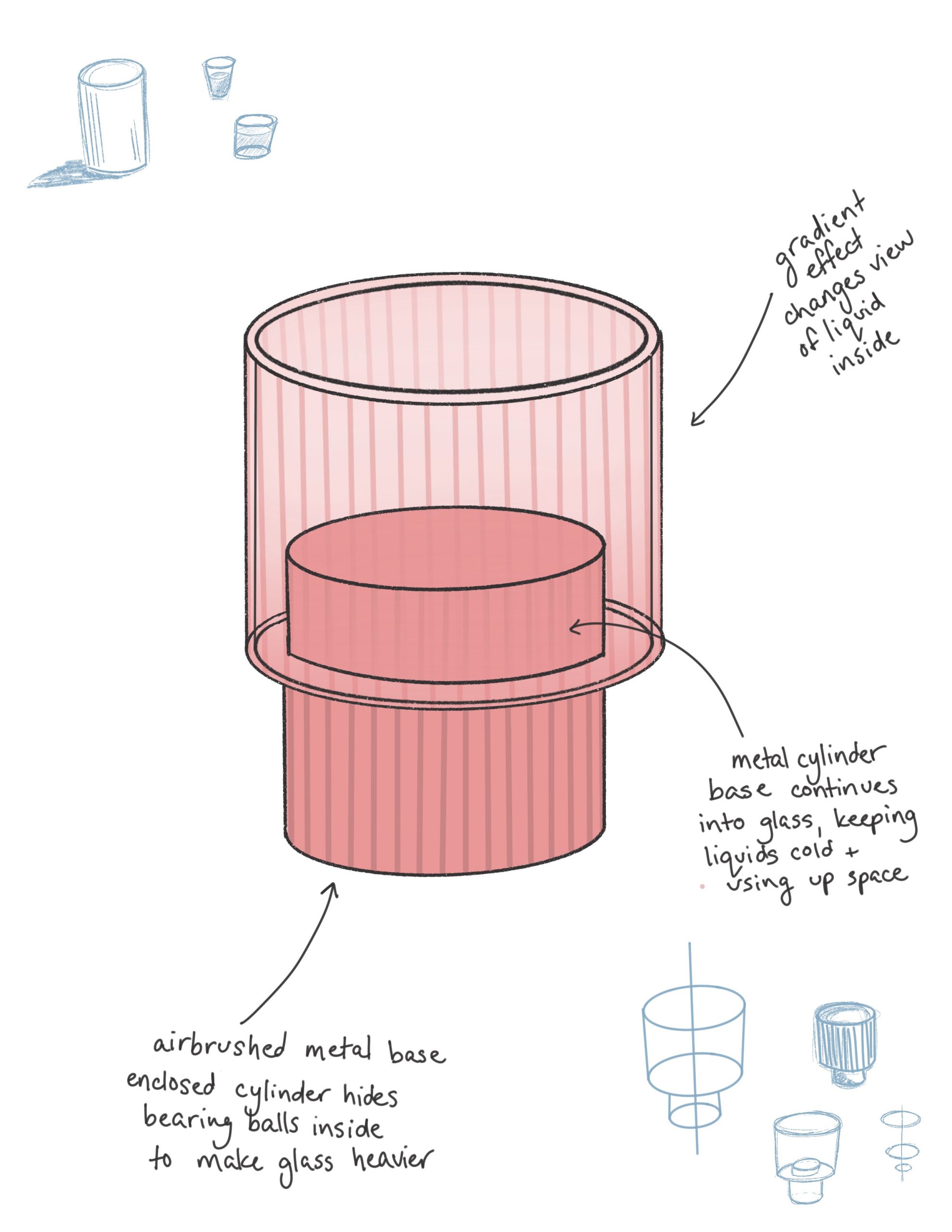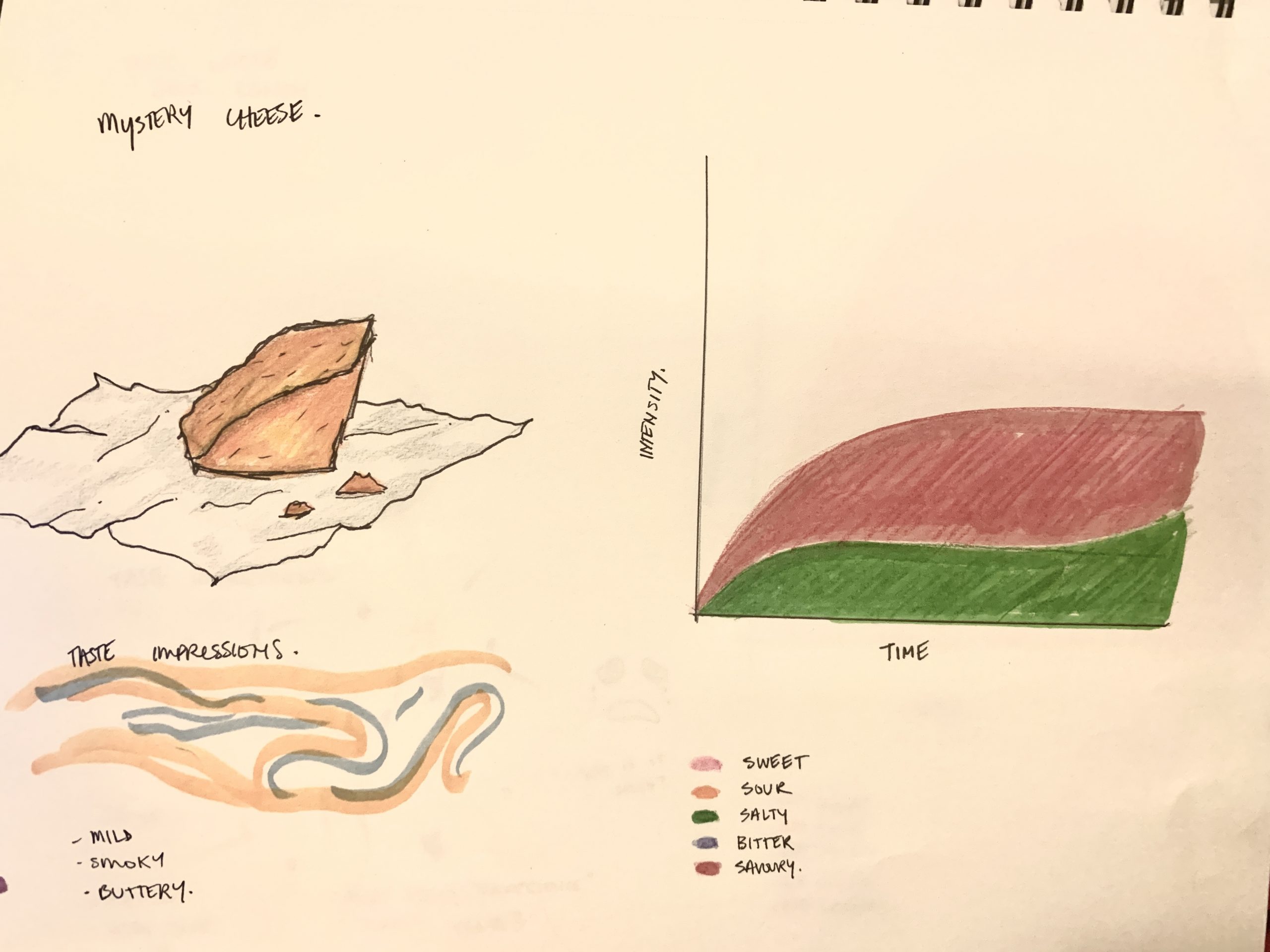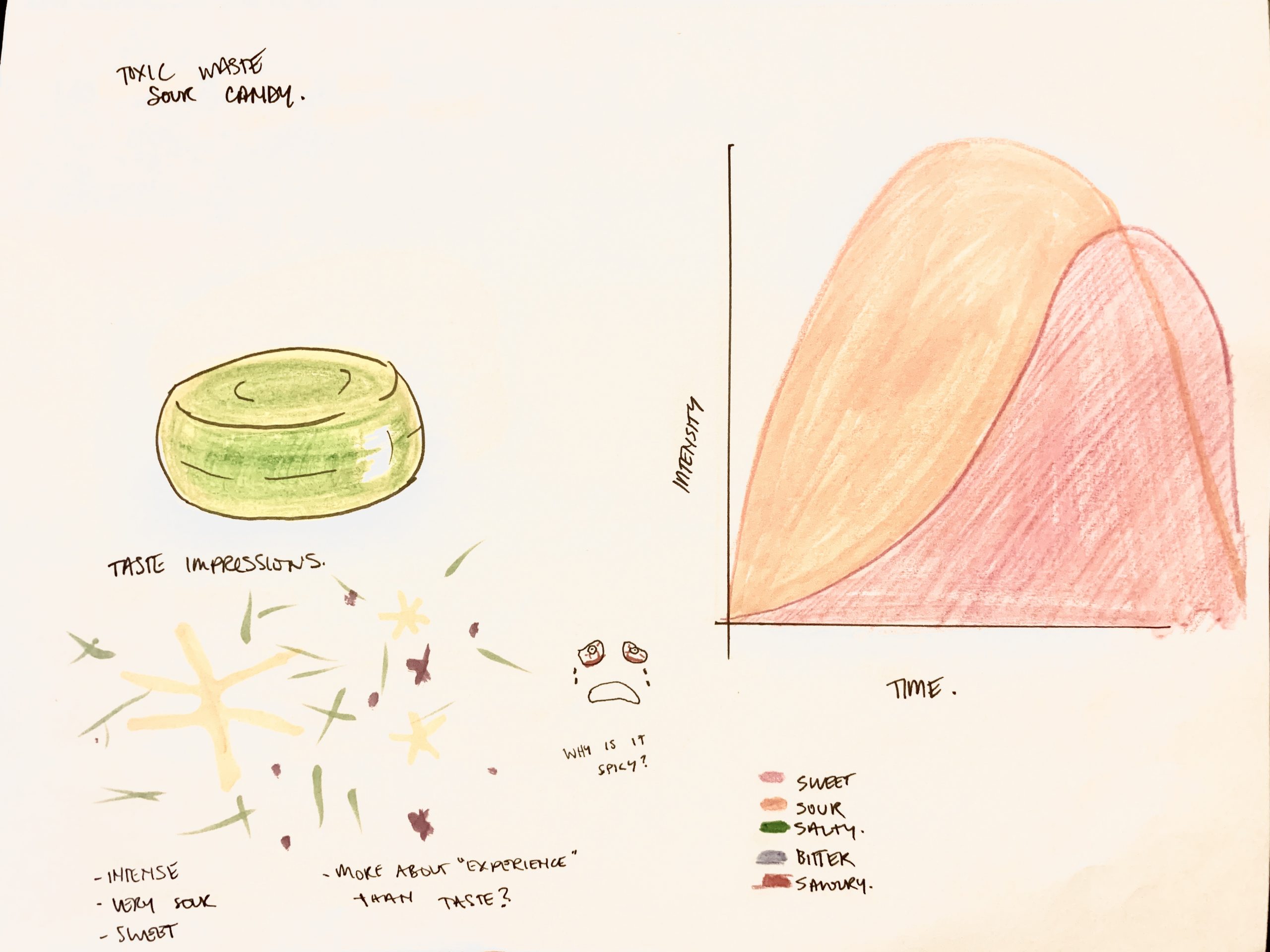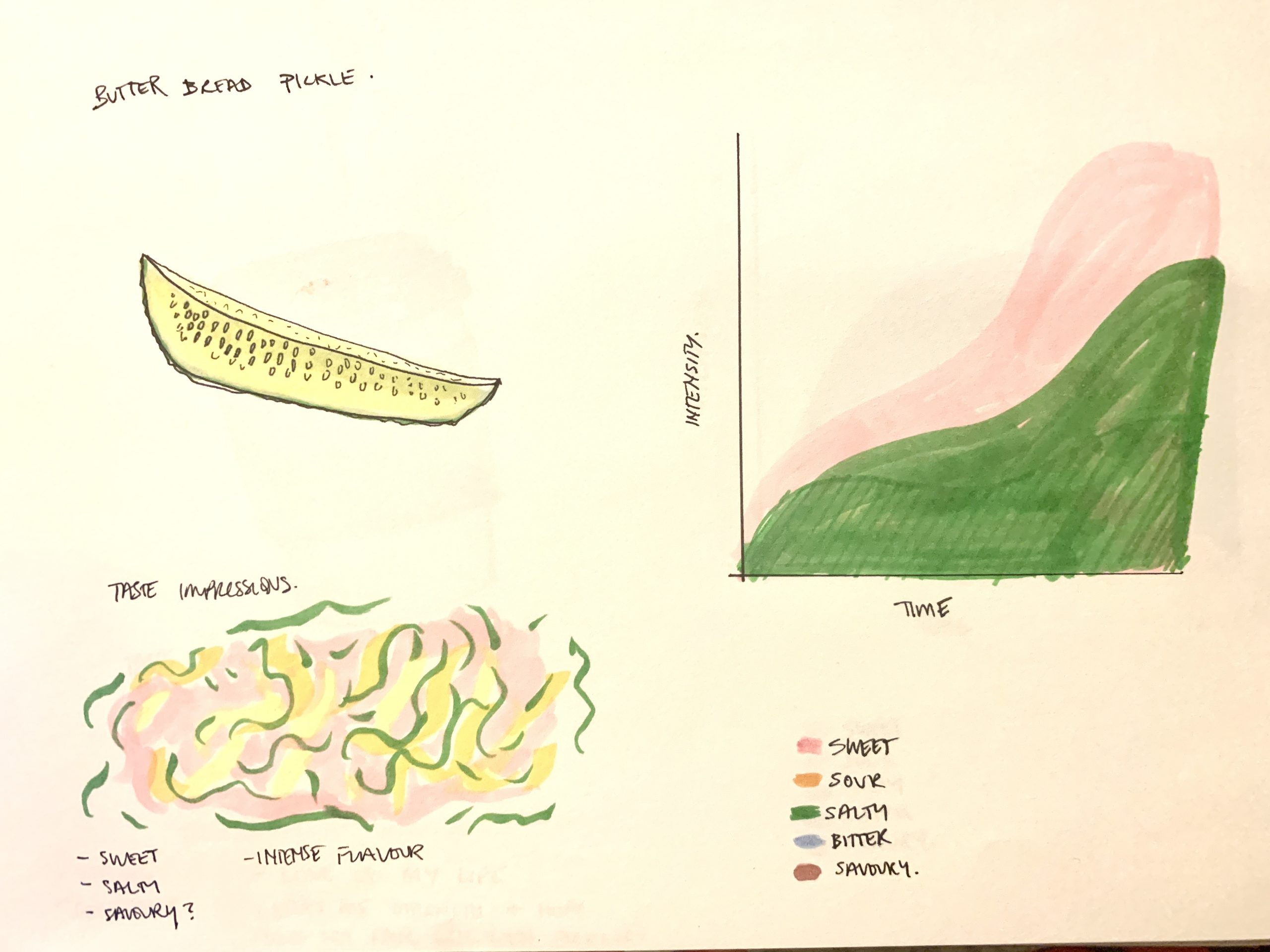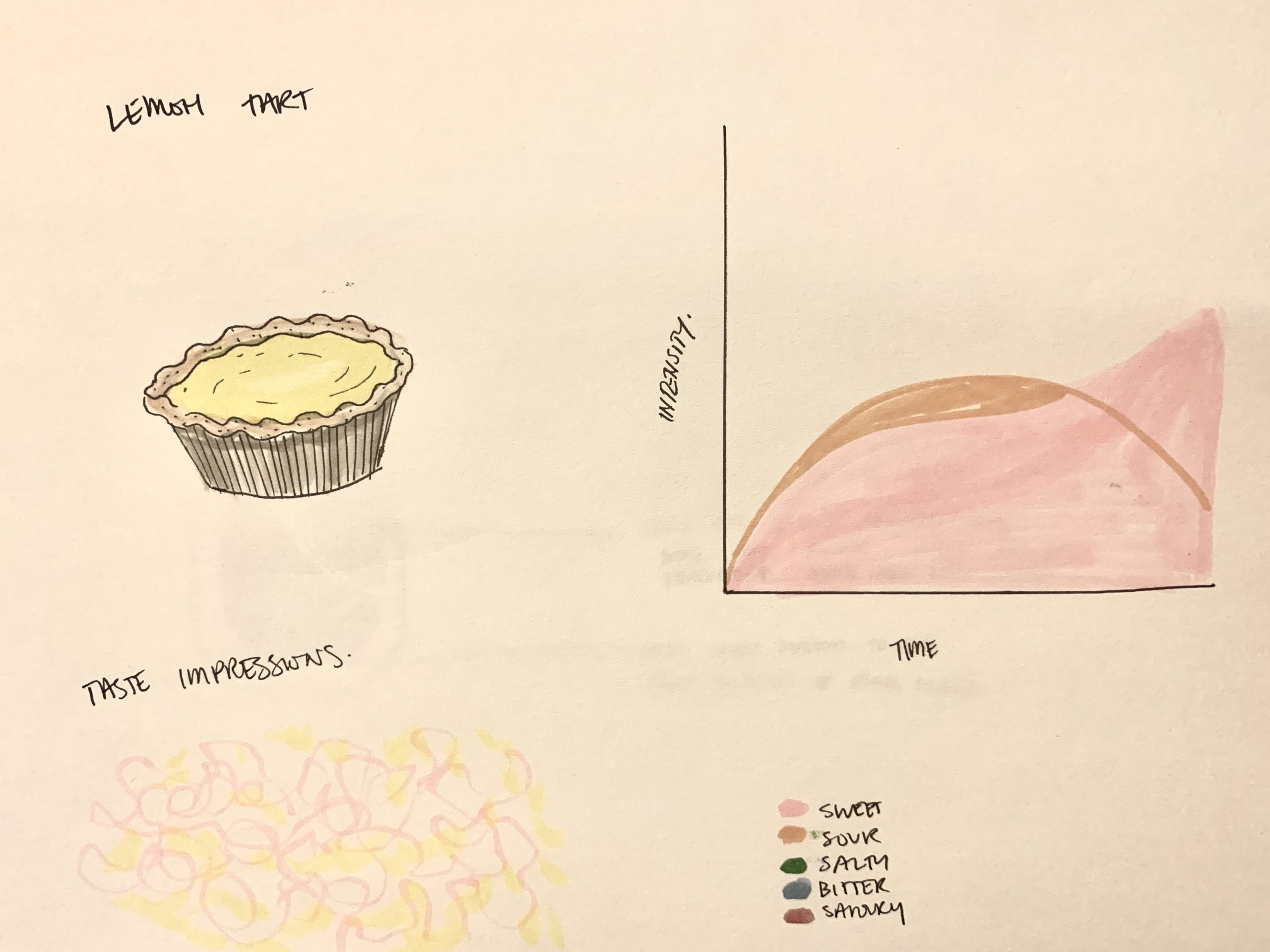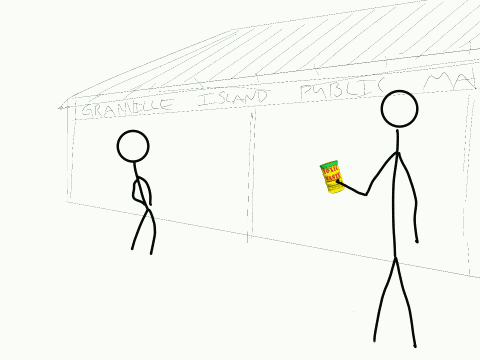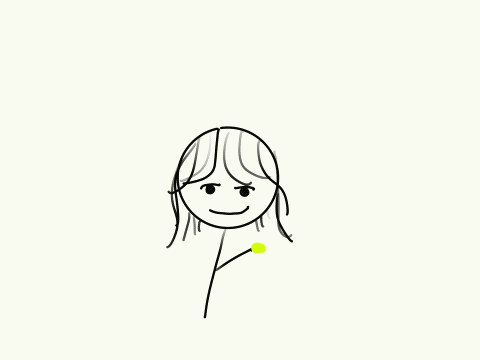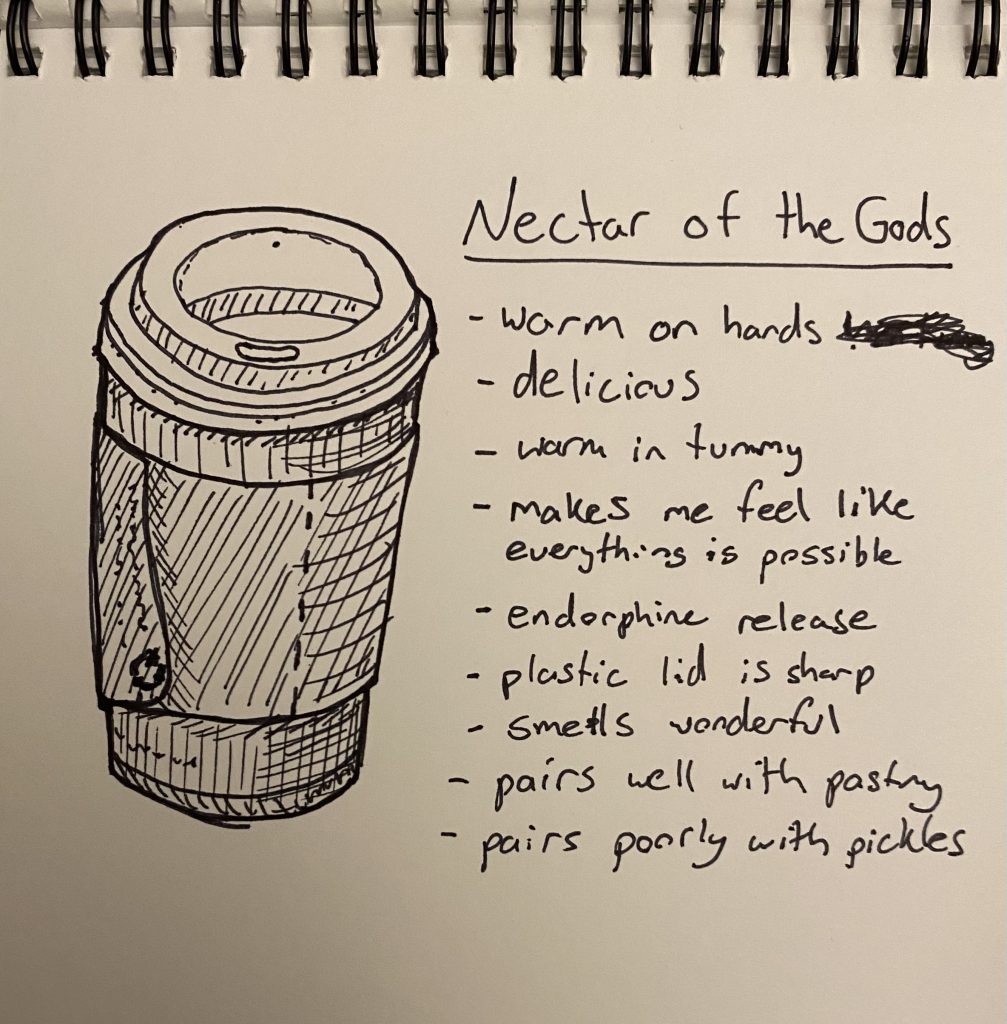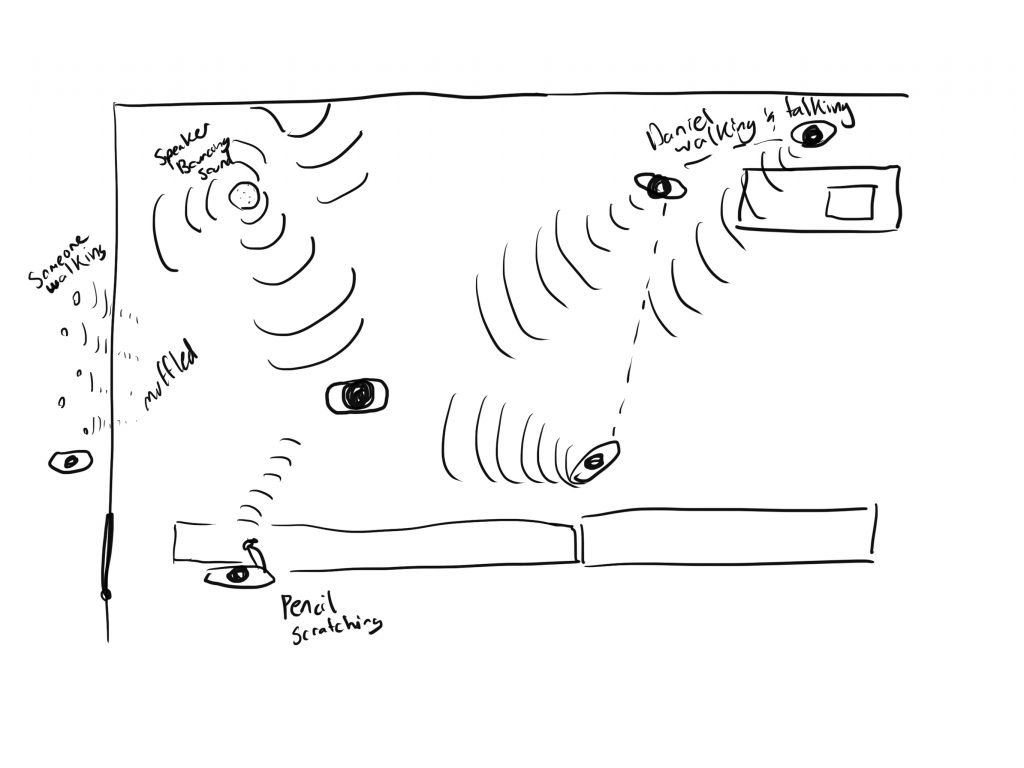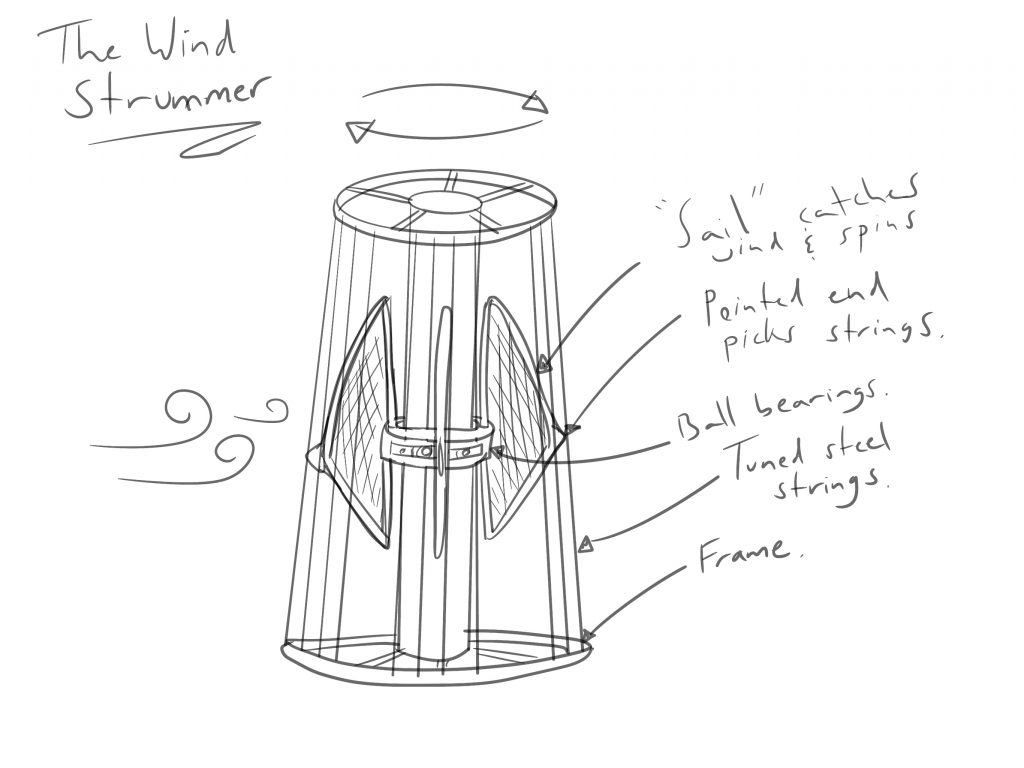Assignment 10: Taste Rave & Drinking Object – Diego Lozano
Food Rave:
Notes
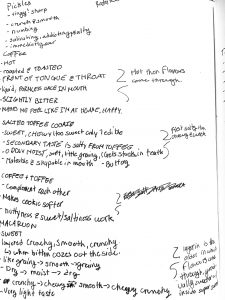
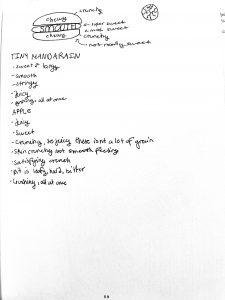
Food Web Classification
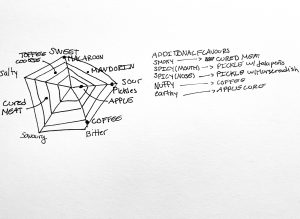
Food Sections
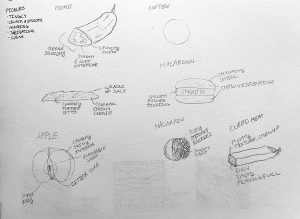
Texture and Taste Visualizations

Apple being eaten
Drinking Object

Assignment 9: Smell Notes – Diego
Smell in Space
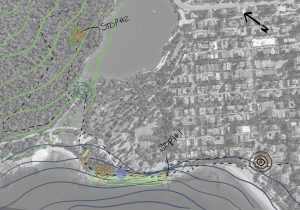
Smell movement

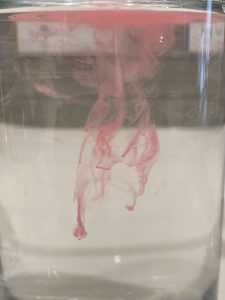
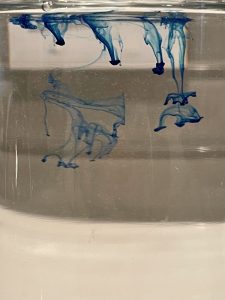

Assignment 8: Tuning In & Windplay – Diego Lozano

3D Mapping

Sound Wave Visualization

Audio Emotion
Sound as particles and waves reflecting off surfaces
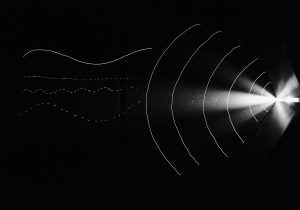
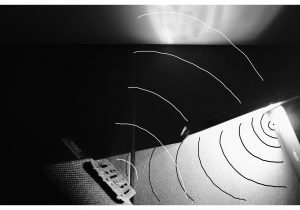


Sound in space (nest)
Windplay
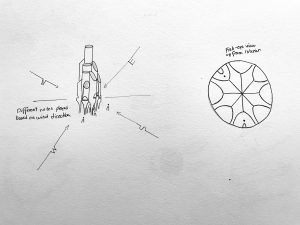
Assignment 10 – Taste Rave + Design a Drinking Object | Anna Finn
A10 Taste Rave – Luke
7: Movement – Madelaine Snelgrove
IN CLASS
Exploring the Faculty of Forestry building on campus, watching movement through the multi-level atrium space.
Walking up a set of stairs in the Forestry Building, lit by the lighting below the railing.
The Earth Science Building was very empty of seating, and I noticed the potential danger underneath the stairs for people who are visually impaired. I began to think about ways that you could both create a safer edge of the stairs for those who may not realize the risk, as well as some interesting seating options.
AT HOME
Coming soon…
Assignment 10: Taste rave & design a drinking object | Pierre Tulk
Below is a series of flavor profiles I have sketches for various foods found at the Granville Island Market.
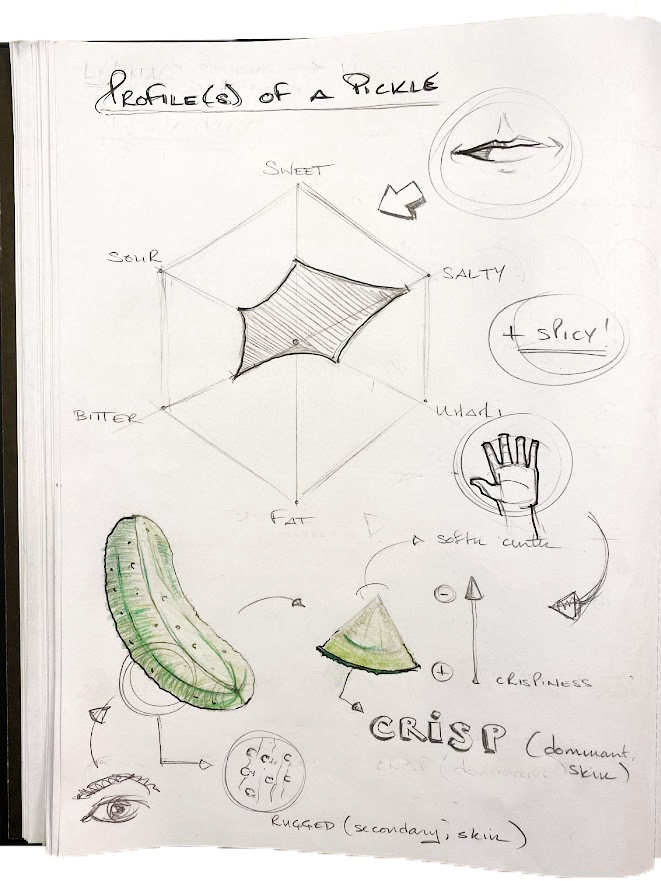

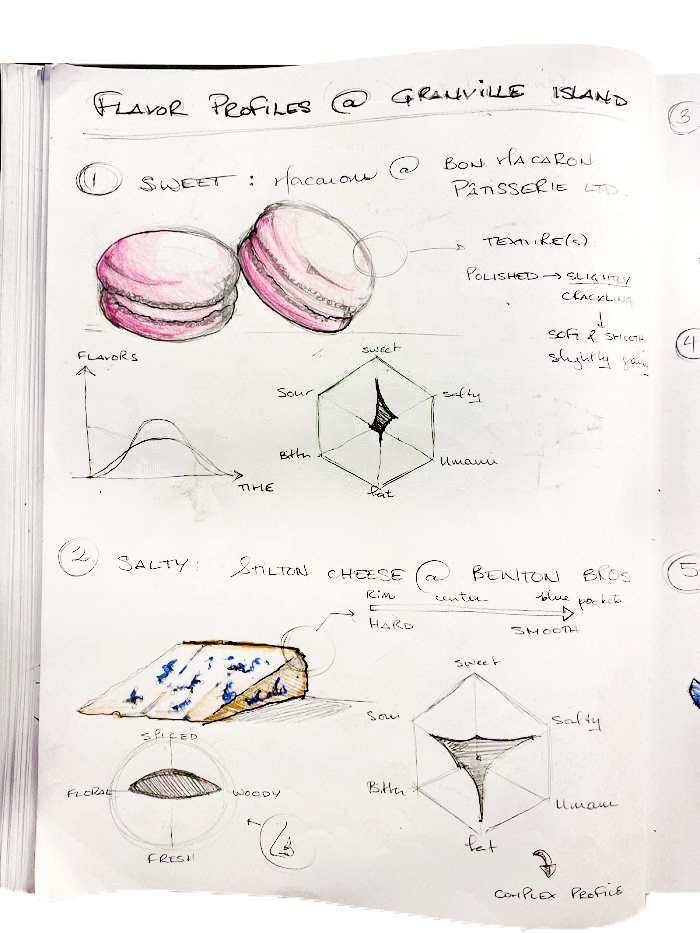

For the drinking object, my approach was to conduct a short literature review on glass shape and size and alcohol consumption before designing a vessel. Because I wanted the olfactive experience of drinking to pertain, I have added a curved spout which directs the smell directly in the user’s nose.
